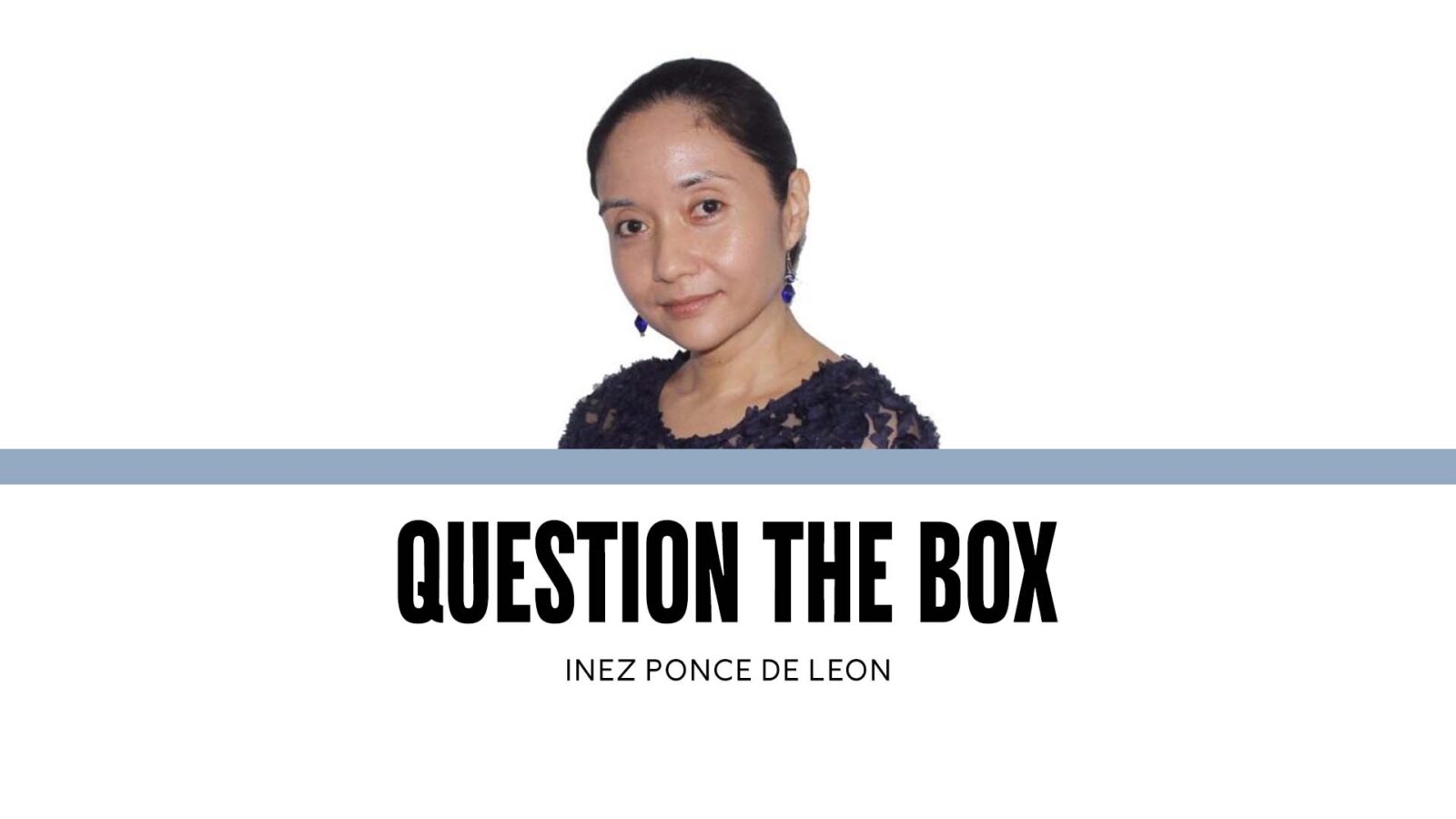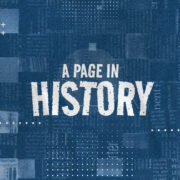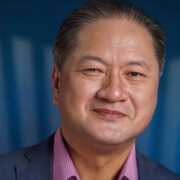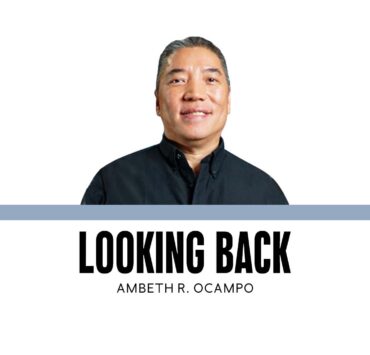Raising a curious student

Last week, as is customary with many academic offices, our department had a general assembly to bring together faculty and staff in preparation for a new academic year.
Our agenda moved from syllabus-making to class policies, and even to the newly proposed undergraduate curriculum. That last one resulted in a ton of questions from many of our teachers, who are now doubling as academics while wearing industry hats.
We had journalists, advertising professionals, data analysts, photographers, designers, and many other communication experts discussing how best to teach a new generation of students who had been immersed all their lives in a digital world.
We broke out into smaller groups to discuss our soon-to-be formalized communication specializations. I was in charge of the Creative Branded Communication (formerly known as Advertising and Public Relations) group, and was seated with people who had spent years in the industry and had seen its evolution.
We talked about the traits we wished our students had. One of our instructors commended our students on their ability to articulate the intricacies and basis of their work—a trait sometimes missing in students from other schools, who had great content and deep perspectives embedded in their projects, but could not string sentences together to explain the work they had done.
“Even if you have the most brilliant idea,” our copywriting instructor said, “it will be nothing if it can’t be seen and nobody knows about it.”
Our conversation flowed into an assessment of the industry. Gone are the days when we had a unified message that could be disseminated to TV, radio, and print. The key is to first study one’s audience, choose the platform to best reaches them, and then create a message according to the conventions of that platform while considering the characteristics of the audience.
The instructors called this the problem-solving approach, which is close to the principles of human-centered design. People—their lives, needs, desires, perceptions, opinions—are inquired after and studied, and it is for their complexity that a message is crafted.
Our instructors agreed that afternoon: our students aren’t technicians. They have to think conceptually, have multiple tools in their toolbox, and know which tools to call upon for specific purposes.
“They also have to know how to frame problems and ask questions,” our social marketing professor said.
“A study did say that people right now lack the ability to ask questions,” our corporate communication teacher added.
Our graphic design instructor and advertising teacher nodded and suggested that we accommodate problem-solving in our classrooms while simulating the multiple constraints of the real world. The students would have to know how to raise funds, work with very low budgets, even deal with different bosses who all wanted to have their say.
Constraints are truly a test of creativity. Make a print ad in only black and white? Write a story in fewer than 10 words? Make a jingle in Filipino that can be played in both jeepneys and Spotify? Produce a one-minute film?
All these are challenges, but they’re also the kinds of prompts that make our students get past their preoccupation with social media as a sole source of publicity.
They’re the kinds of challenges that make our students start thinking about the people around them: the company that doesn’t have enough money to pay for a full-color ad, the student whose curiosity has to be awakened in a short amount of time, the young mother who thinks and reasons in Filipino while juggling jobs and family, the person who has so little time but so much hunger for art.
Problem-solving, as a framework, requires curiosity. It needs students to have the vocabulary to articulate why something is a problem. They need to be unafraid to ask questions. For that, they will need the ability to see the world through different lenses, something that philosophy—or discussion-driven classes—can offer.
The students also need to hone their ability to express themselves, which years of writing and public speaking classes can help with. They’ll be working with budgets, so they’ll need math classes, which can also help them work with large-scale patterns, data, and statistics.
Our students, as with all other students in the university, will need a ton of classes to prepare them for the complexity of their jobs—for the conceptual thinking required in their work. We would be robbing them of an opportunity to be their best selves if we had simply made them specialize in creating things without the intellectual, philosophical, and even emotional scaffolding that can help support such skills.
Indeed, wouldn’t we be doing all our students an injustice if we were to push them into college with only specializations to consider, just to have them turn into workhorses with neither direction nor memory, neither empathy nor discernment?
Or is that something that works in favor of a government that hates being questioned?





















